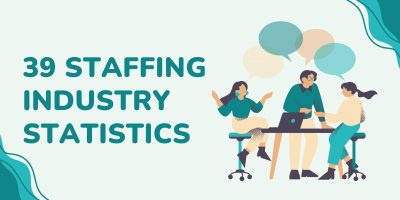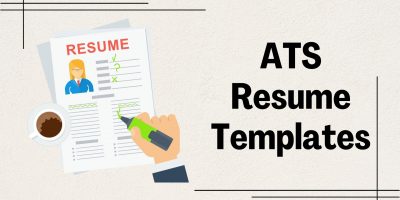
What is Voluntary Time Off (VTO)?
Discover how, if done correctly, voluntary time off can allow employees to find the perfect work-life balance while lowering company costs.

A great onboarding process can make a major difference in retention. Employee onboarding can make or break an employee’s career at a company, setting them up for success or leaving a new hire unsure of how to navigate their new role. Here are 120+ onboarding statistics that show how valuable this process can be for a company.



By carefully planning the onboarding process, companies can give new hires the tools, information, and relationships they need to be confident and comfortable enough to do an outstanding performance at work. With great onboarding, a company can utilize a new employee’s talents and enjoy the perks of employee longevity and loyalty.
Browse our curated list of vendors to find the best solution for your needs.
Subscribe to our newsletter for the latest trends, expert tips, and workplace insights!

Discover how, if done correctly, voluntary time off can allow employees to find the perfect work-life balance while lowering company costs.

Unlock the secrets to crafting an ATS-friendly resume that stands out in the job market with valuable insights and tips to navigate applicant tracking systems effectively.

From remote work integration to cutting-edge recruitment tech, explore the transformative shifts in the staffing industry.

From remote work integration to cutting-edge recruitment tech, explore the transformative shifts in the staffing industry.
Used by most of the top employee benefits consultants in the US, Shortlister is where you can find, research and select HR and benefits vendors for your clients.
Shortlister helps you reach your ideal prospects. Claim your free account to control your message and receive employer, consultant and health plan leads.